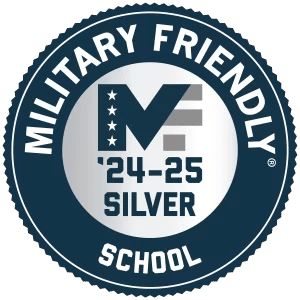Life on the road for a commercial truck driver can be demanding, so you want to make the journey as comfortable as possible. Before any long haul, you should prepare by loading your truck with all the essentials for your trip. The following truck driver packing list is a great place to start for new truckers setting out on their first solo route. Then, as you gain more experience, you can adjust it to better fit your preferences.
1. Important Papers and Documentation
It is crucial to have all your important papers and documentation on hand and well-organized in case you get stopped for a roadside Department of Transportation (DOT) inspection. An expanding file folder is a light and portable way to keep these items protected and in the same place.
If a DOT officer stops you, you should have your:
- Commercial driver’s license (CDL)
- Vehicle registration
- Proof of insurance
- State permits
- DOT medical examiner’s certificate
- Shipping papers
- Vehicle inspection reports, if applicable
- Special endorsement certifications (tanker, hazmat, doubles/triples, etc.), if applicable
2. Personal Care Products
Showering at truck stops along your route is part of the life of a long-haul trucker. Although you may be able to purchase some of the items necessary for personal hygiene at gas stations, it is best to come prepared with your favorite brands from home.
Some personal care items you should bring along are:
- Shower shoes
- Two or three towels
- Basic hygiene items such as shampoo, body soap, and deodorant
- Toothbrush and toothpaste
- A shower bag or caddy
It is also crucial to bring along any medication you regularly take, along with a few extra doses, just in case.
3. Food & Beverages
While you can certainly stop at fast food restaurants and gas stations for your meals, many truck drivers prefer to prepare meals ahead of time or cook on the road to beat the cravings. Having a cooler and portable cooking appliances in your cab is worth the investment when you spend a lot of time on the road.
In addition to homemade meals, some healthier snack options to bring along are:
- Fresh fruit and vegetables
- Nuts
- Jerky
- Granola or protein bars
You should also have a supply of non-perishable food and plenty of water available in case of an emergency, especially if you are driving during the winter.
4. Clothing
Before you head out on your route, make sure to pack enough clothing to last for the length of your trip, as well as a few extra options.
This includes:
- Pants
- Shirts
- Sleepwear
- Socks and underwear
- Layering options
- Hats
- Boots and tennis shoes
- Sunglasses
In addition to regular clothing, you should keep emergency gear on hand, such as gloves, waterproof boots, and a high-visibility jacket.
5. Emergency and Maintenance Items
From winter blizzards to summer rainstorms, you never know what road conditions you will face on your journey. Keeping a well-stocked emergency and maintenance kit in your truck will ensure you can get yourself out of a less-than-ideal situation.
Here’s what to include in your emergency kit:
- Flashlight and extra batteries
- Space blankets
- First aid kit
- Road cones and flares
- Basic tools like wrenches, a hammer, and a screwdriver
- An up-to-date road atlas
- Pocket knife
- Tire pressure gauge
5. Other Truck Driver Essentials
In addition to the list above, here are a few more items to add to your packing list:
- Entertainment items (laptop or tablet, books or an e-reader, headphones)
- Cleaning products (disinfectant wipes, air fresheners, portable vacuum)
- Chargers for all of your electronic devices
- Bedding, a pillow, and extra blankets
- Cash and checks
Earn Your CDL Today
The life of a truck driver is adventurous and exciting. If you are interested in earning your CDL, Yuma Truck Driving School can educate you and put you on the path to a rewarding career in trucking.










